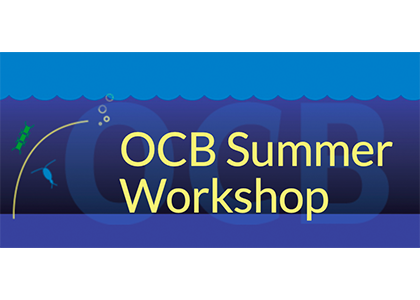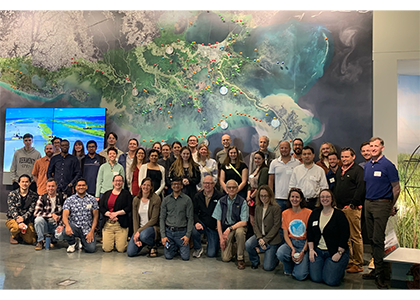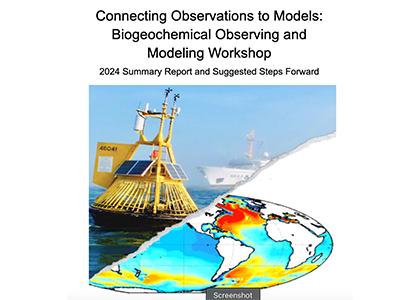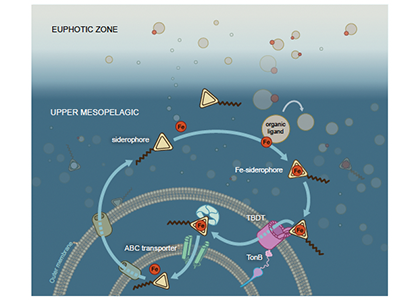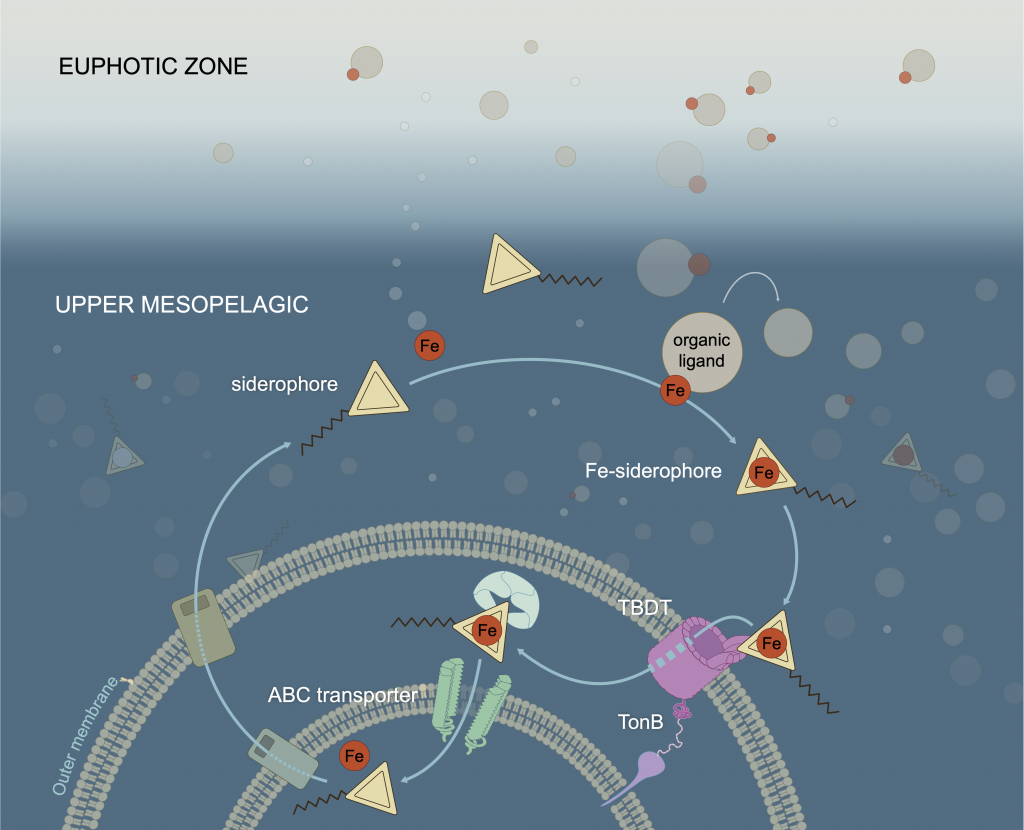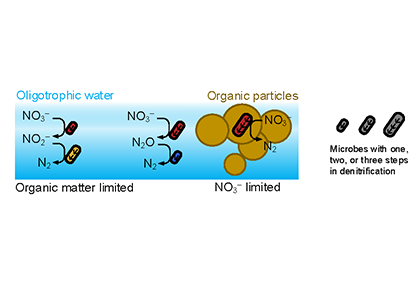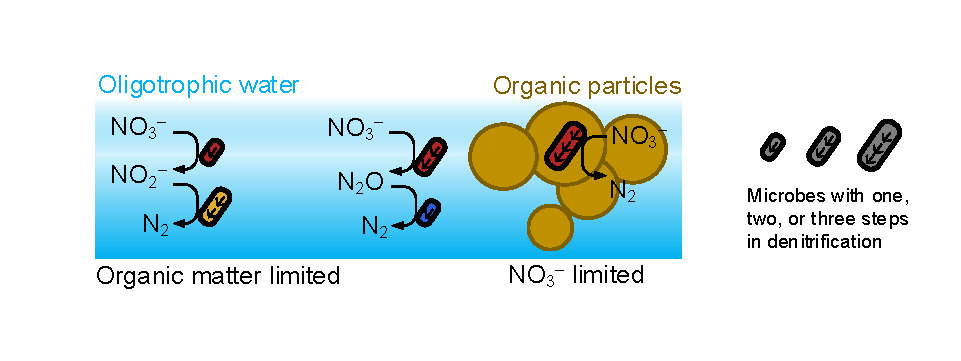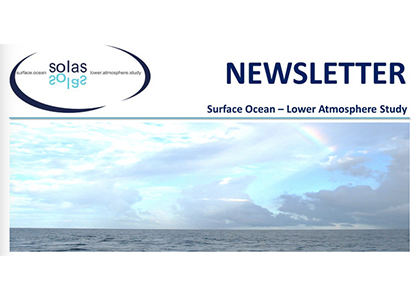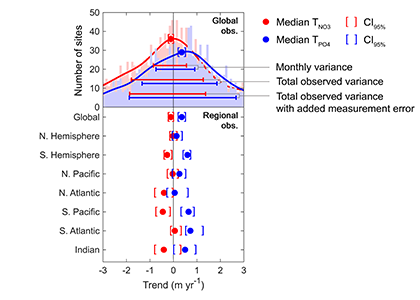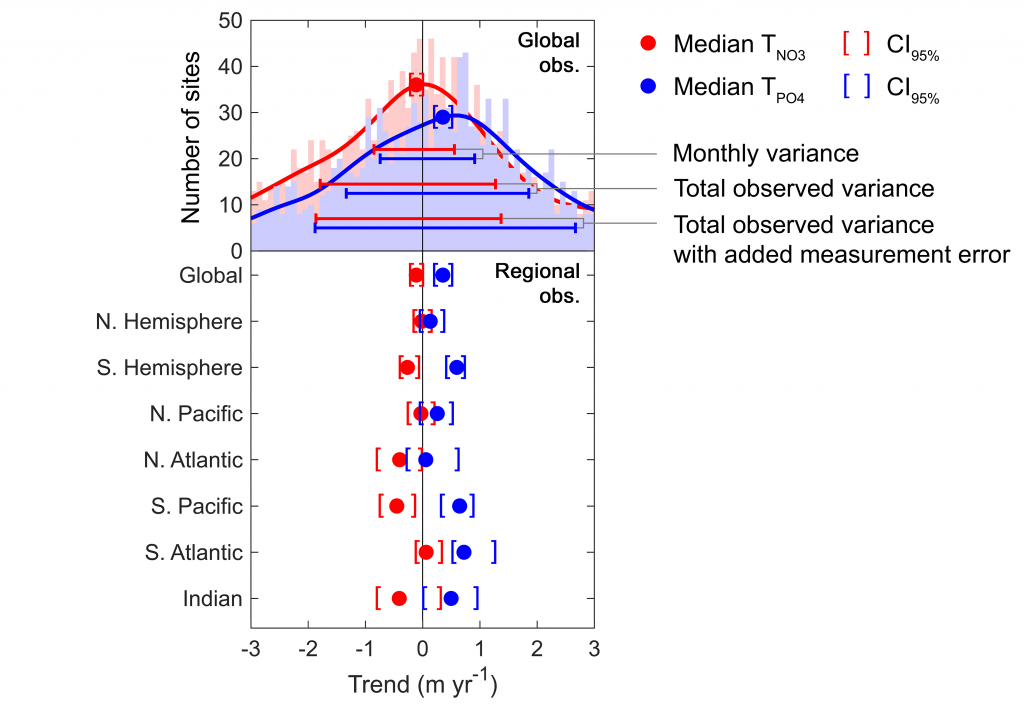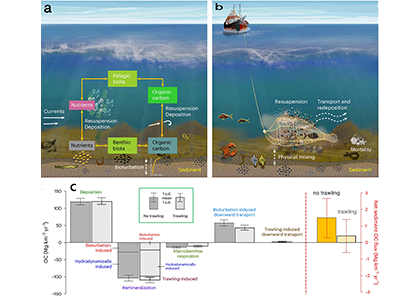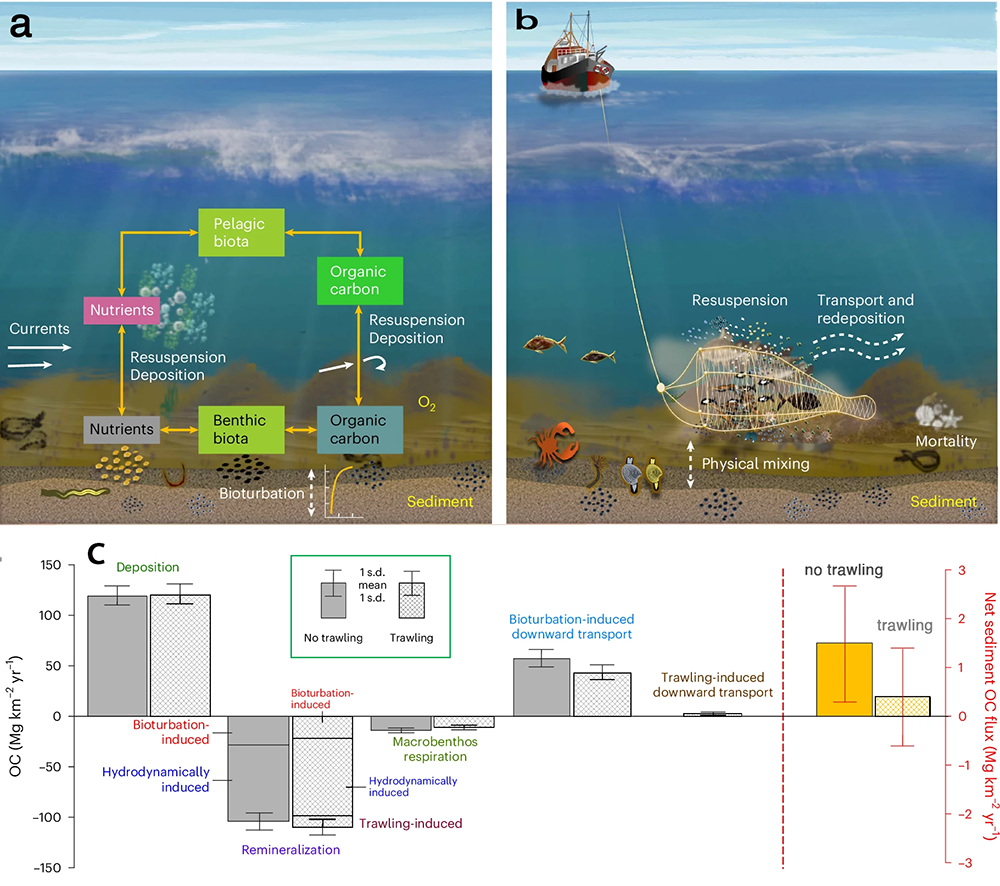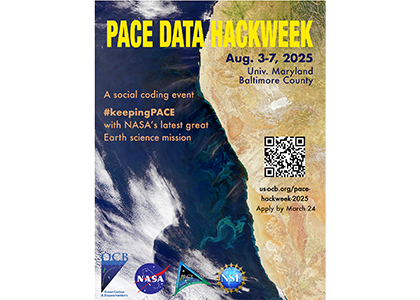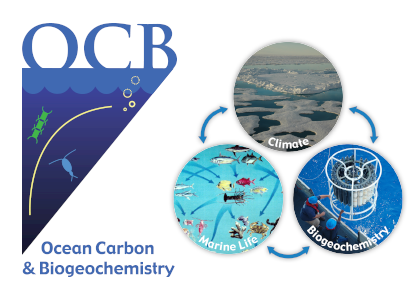We are paused for in person registrations due to unexpected budget uncertainties. Please hold on making travel arrangements.
-->If you have already registered and we are able to continue in person you will not lose your place.
If we need to change to a virtual workshop all paid registration fees will refunded.
-->We will hold the workshop on these same dates virtually if unable to proceed with an in person workshop.
-OCB Team
The OCB2025 Summer Science Workshop will take place Tuesday, June 3 to Friday, June 6, 2025.
In person location (on hold) NASA Ames Conference Center (Mountain View, CA)
OCB2025 Plenary Sessions
Constraining the dark ocean carbon cycle: Implications for ocean carbon budgets? (Co-chairs: Anne Dekas, Anela Choy, Jeff Bowman, Randie Bundy)
Rivers to coasts: Biogeochemical linkages and environmental resilience (joint with North American Carbon Program) (Co-chairs: Fei Da, Kanchan Maiti, Shaily Rahman, Libby Larson, David Butman)
Rapidly changing systems (Co-chairs: Kristen Krumhardt, Rachel Stanley, Melissa Melendez)
Bridging scales in the ocean carbon cycle (Co-chairs: Zachary Erickson, Tim DeVries, Roo Nicholson, Daniel Whitt, Dreux Chappell)

